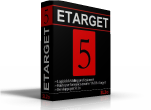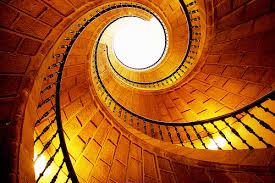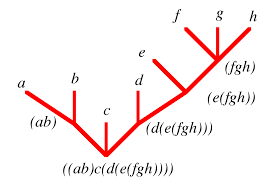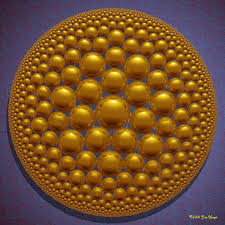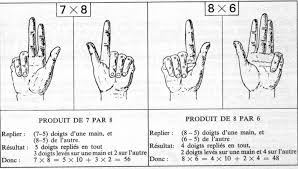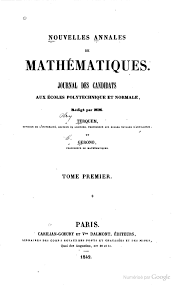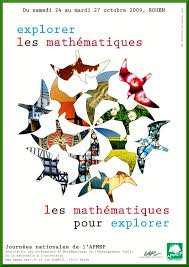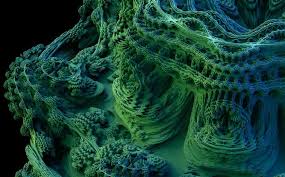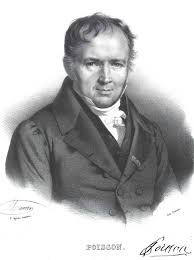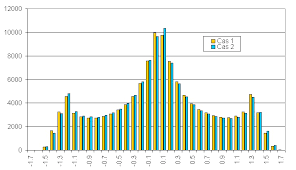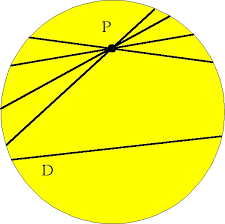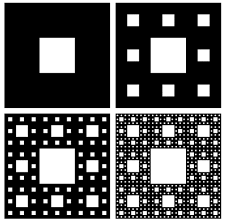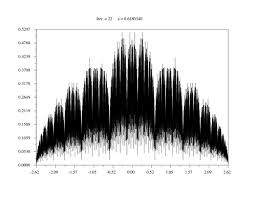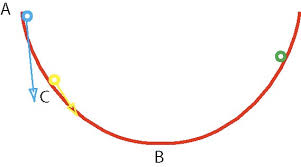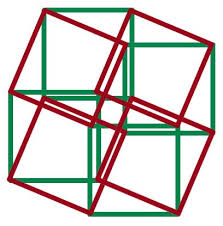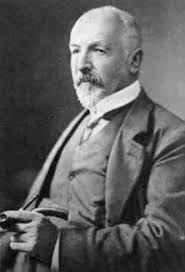20/11/2010
The Rhind Mathematical Papyrus
AN366139001 © The Trustees of the British Museum Department: Ancient Egypt & Sudan Registration number: 1865,0218.3 BM/Big number: 10058 Additional IDs Bibliographic reference Object types Title (series) Description Acquisition date Exhibition History Noticed a mistake? Have some extra information about this object? Please contact us To bookmark this page select "Bookmark this page" or "Add to favourites" from the web browser menu. Source : http://www.britishmuseum.org/research/search_the_collecti...The Rhind Mathematical Papyrus

BS.10058
Strudwick N 2006 p.118
papyrus (scope note | all objects)
The Rhind Mathematical Papyrus
Materials
papyrus (scope note | all objects)
Place (findspot)
Found/Acquired Thebes, According to Budge’s original introduction to the facsimile of the papyrus, from a chamber in the ruins of a building near the Ramesseum. (all objects)
Period/Culture
Second Intermediate (all objects)
Papyrus; Hieratic text: "Rhind Mathematical Papyrus".
Inscriptions
Inscription Type: inscription
Inscription Script: hieratic
Inscription Position: both sides
Inscription Language:
Dimensions
Length: 216 centimetres (frame)
Width: 43 centimetres (frame)
Length: 199.5 centimetres (Papyrus)
Width: 32 centimetres (Papyrus)
Condition
Papyrus Survey: Condition Details: Papyrus Black ink Red ink Checked for loan to Vienna 1994 Checked for loan to Paris 1997 Checked for loan to Japan Star Objects 2004 Checked for loan to Cornwall 2008 Mount Details: Sandwich: glass Sandwich: board Frame: wood Object Priority: A Mount Priority: A Overall Condition: A Curatorial condition comment: fair
Curator's comments
Strudwick N 2006
Several documents have survived that yield some insights into the ancient Egyptians' approach to mathematics. The best-known and longest is the Rhind Mathematical Papyrus, acquired by the Scottish lawyer A.H. Rhind in Thebes in about 1858. Budge's original introduction to the facsimile of the papyrus indicates that these fragments were found in a chamber of a ruined building near the Ramesseum. The two sections in the British Museum were linked by a now missing section about 18 cm long; the original may have been cut in half by modern robbers to increase its sale value. Fragments which partly fill this gap were identified in 1922, in the collection of the New York Historical Society, which had acquired them from Edwin Smith. Smith also acquired a surgical papyrus of about the same date as the Rhind Papyrus, suggesting that these two documents could have come from a cache of early New Kingdom manuscripts.
The papyrus is probably a mathematics textbook, used by scribes (the principal literate section of the populace) to learn to solve particular mathematical problems by writing down appropriate examples. The text includes eighty-four problems: tables of divisions, multiplications, and handling of fractions; geometry, including volumes and areas; and miscellaneous problems.
The papyrus is extremely important as a historical document, since the scribe, Ahmose, dated it in year 33 of Apophis, the penultimate king of the Hyksos Fifteenth Dynasty. The other side of the papyrus mentions 'year 11' without a king's name, but with a reference to the capture of the city of Heliopolis. The late Second Intermediate Period context suggests this may refer to conflict between the Egyptians and the Hyksos before the beginning of the New Kingdom. Most scholars believe this refers to year 11 of the Theban ruler Ahmose, which would add to the evidence that Ahmose did not campaign against the Hyksos rulers until the middle or later parts of his reign.
Published: G. Robins and C. Shute, The Rhind Mathematical Papyrus : an ancient Egyptian text (BM press 1987).
A. B. Chace, The Rhind mathematical papyrus : free translation and commentary with selected photographs, transcriptions, transliterations, and literal translations (National Council of Teachers of Mathematics 1979 [reprint]).
A. Imhausen, Ägyptische Algorithmen : eine Untersuchung zu den mittelägyptischen mathematischen Aufgabentexten (Harrassowitz, 2003).
Pharaonen Und Fremde Catalogue (Vienna 1994): No.134
Nicholson and Shaw, Ancient Egyptian Materials and Technology (Cambridge 2000), p. 240;
N. Strudwick, Masterpieces of Ancient Egypt, London 2006, pp. 118-9.
1865
Acquisition name
Purchased from David Bremner (biographical details | all objects)
Previous owner/ex-collection Alexander Henry Rhind (all objects)
Exhibited:
21 Aug-11 Oct 2008. Truro, Royal Museum of Cornwall, 'Masters of Mathematics'.
January to May in BM as part of History of the World objects
09:40 Publié dans The Rhind Mathematical Papyrus | Lien permanent | Commentaires (0) |  |
|  del.icio.us |
del.icio.us |  |
|  Digg |
Digg | ![]() Facebook
Facebook
